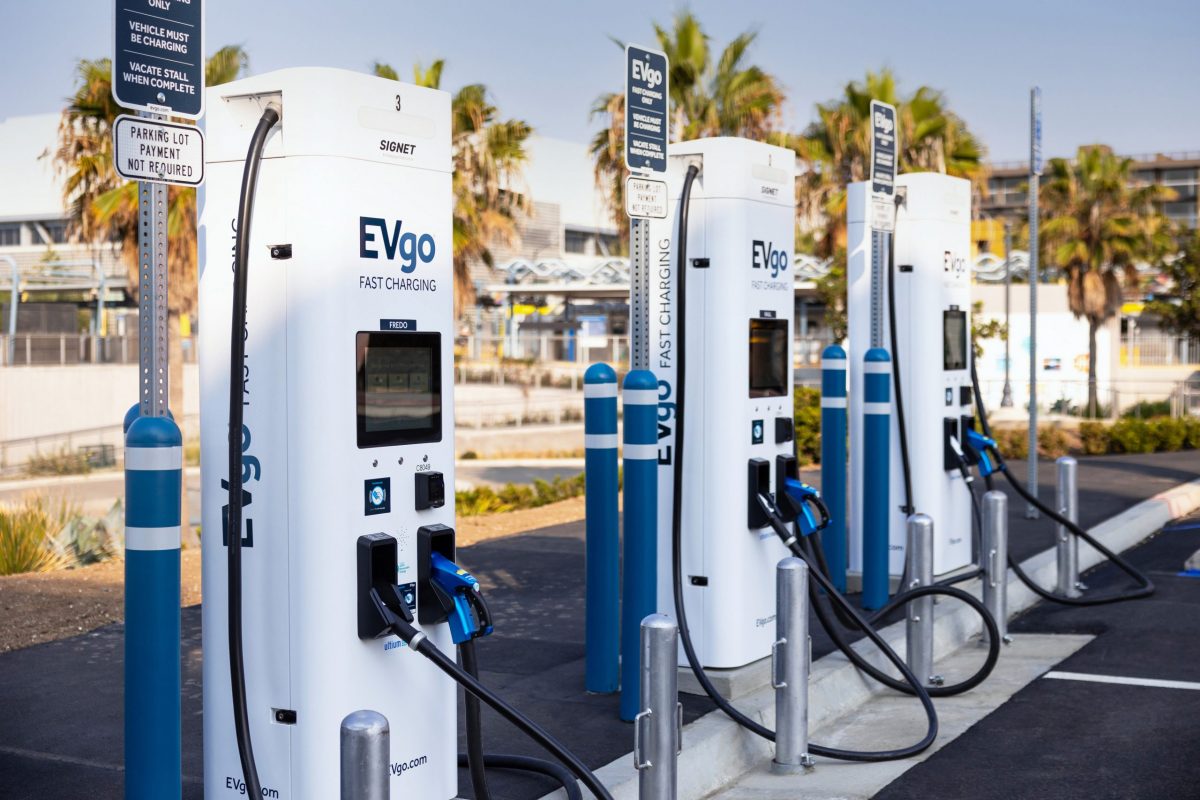Just as it did with its Euro V engines, Volvo Trucks is readying its Euro VI engines to be hydrotreated vegetable oil (HVO) compliant. The OEM believes the alternative fuel will play an important role in the commercial vehicle (CV) segment when it comes to meeting future legislation requirements.
Know your roots…
“It is called hydrotreated because in production oxygen is replaced by hydrogen, which is quite a well known and established process,” Lars Mårtensson, Director Environment and Innovation, Volvo Trucks, tells Megatrends. “The end product is a synthetic diesel fuel, almost identical to regular fossil fuel diesel.”
 He suggests the process used to make HVO is similar to that of making biodiesel, but the outcome is very different. Diesel produced through fossil fuels poses many problems, particularly in the form of particulate emissions or nitrogen oxide (NOx). But, unlike regular diesel, “far fewer greenhouse gases (GHG) are emitted, and you don’t get any tank deposits or filter blocking.”
He suggests the process used to make HVO is similar to that of making biodiesel, but the outcome is very different. Diesel produced through fossil fuels poses many problems, particularly in the form of particulate emissions or nitrogen oxide (NOx). But, unlike regular diesel, “far fewer greenhouse gases (GHG) are emitted, and you don’t get any tank deposits or filter blocking.”
Despite these differences, the fact it is “almost identical” to traditional diesel gives HVO “a very big advantage,” he continues. Because of its inherent properties, “HVO can be distributed using the existing diesel fuelling station network. There is no need for a separate infrastructure, and the fuels can even be mixed freely together.” When considering other alternative fuels like natural gas (NG), the fact that HVO can use existing filling stations could be extremely influential in terms of future uptake.
…and your limits
Mårtensson is confident that the CV segment will continue to increase its reliance on HVO: “It is an important fuel today, and will become even more so in the future. We think it’s the most logical next-step for biodiesel. We hope more investments will go into this sector, primarily from producers of the fuel.”
 Although HVO provides some desirable positives, he admits there are some barriers that face the fuel if it is to be adopted in the CV segment, the main two factors being resource and production capacity. “That is why there needs to be more players in the field, with bigger plants and strong supply chains. Currently, there is one company that is dominating called Neste Oil. Other players include Total, which has started understand the fuels’ potential.”
Although HVO provides some desirable positives, he admits there are some barriers that face the fuel if it is to be adopted in the CV segment, the main two factors being resource and production capacity. “That is why there needs to be more players in the field, with bigger plants and strong supply chains. Currently, there is one company that is dominating called Neste Oil. Other players include Total, which has started understand the fuels’ potential.”
Kaisa Hietala, Executive Vice President of Neste’s Renewable Products business area, describes the advantages of the company’s renewable form of diesel: “NEXBTL is a renewable diesel produced by hydrotreating vegetable oil or animal fat, and is classified as HVO. In terms of its chemical composition, it is a hydrocarbon comparable to fossil fuel. As a result, it can be used as such in all modern diesel engines or blended with fossil diesel. As a premium-quality fuel, NEXBTL renewable diesel meets the toughest requirements set by automotive manufacturers, and is far better in terms of quality than conventional FAME-type biodiesel.”
Predicting trends

To promote growth in the field, Volvo Trucks will “cooperate with the fuel producers and fuel distributors. We need to grow the awareness among the authorities, our customers and the general public, so that everyone is very clear on the strategy and the positives of HVO.”
Where in the world could HVO be a viable alternative to diesel and gasoline? Mårtensson highlights Europe, US, Japan and China as potential areas of adoption, as “CO2 regulations for heavy-duty vehicles (HDVs) are being continuously developed.”
With the new regulations set to be enforced by 2018 in Europe, he is confident that Volvo Truck’s decision to make all its Euro VI engines HVO-compatible is “a move that predicts the future trends and growth avenues. We are convinced HVO will be a strong prize for the future, in terms of developing even more fuel efficient and clean trucks, meeting the targets, and giving our customers the best solutions.”



